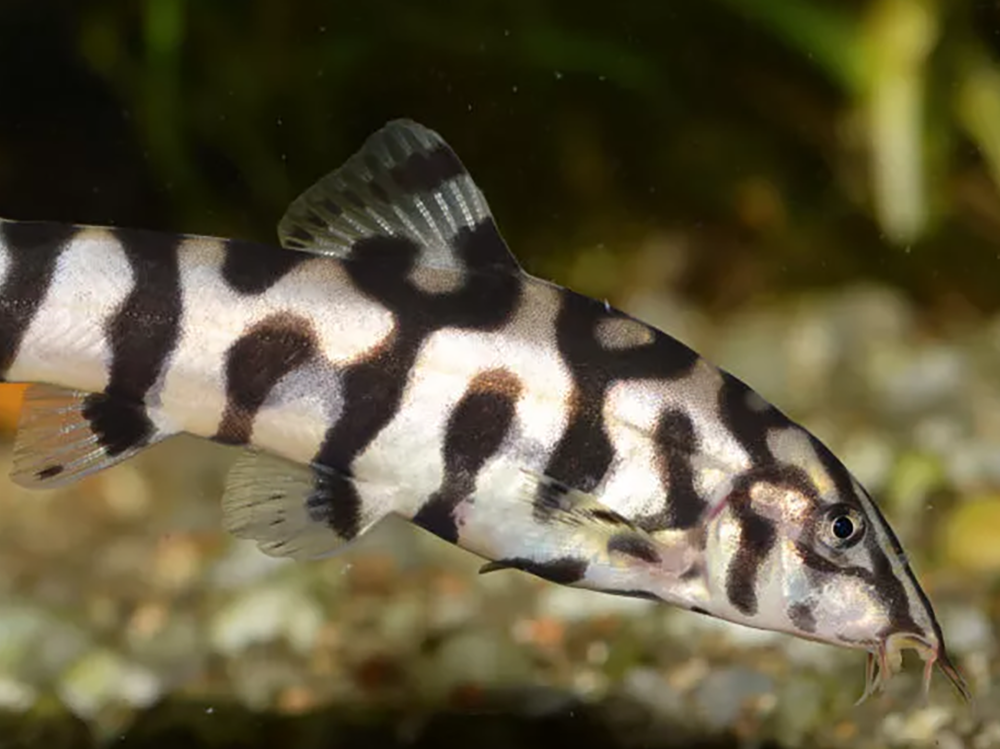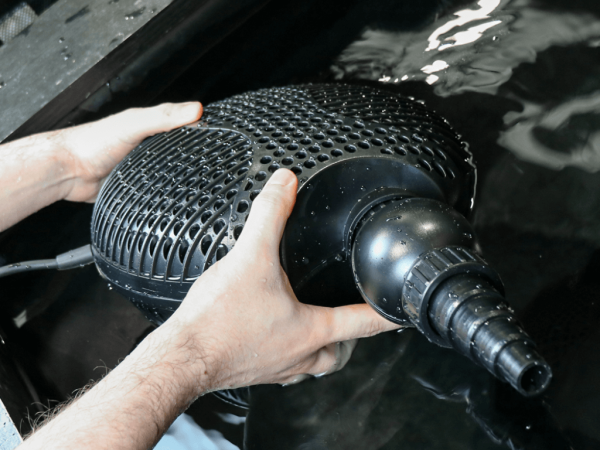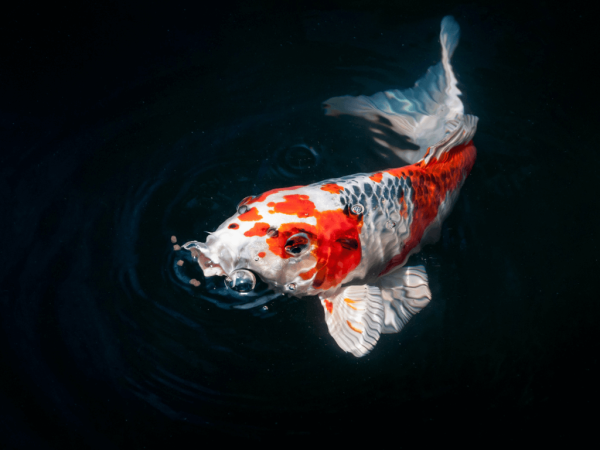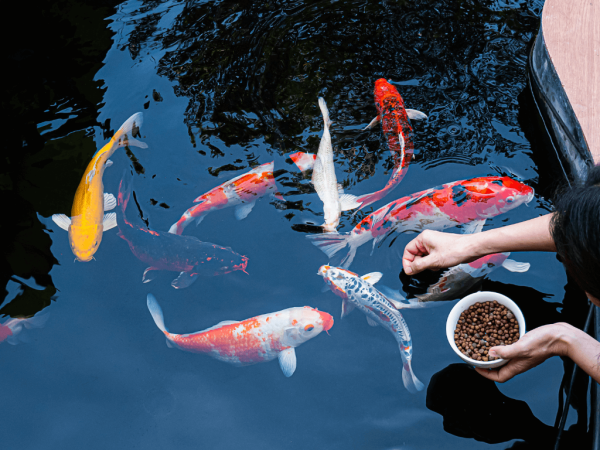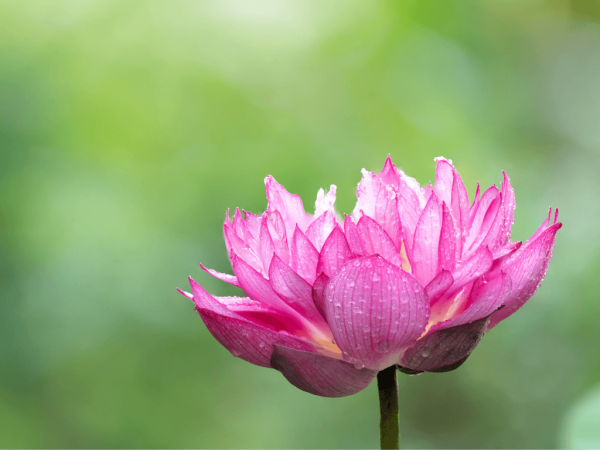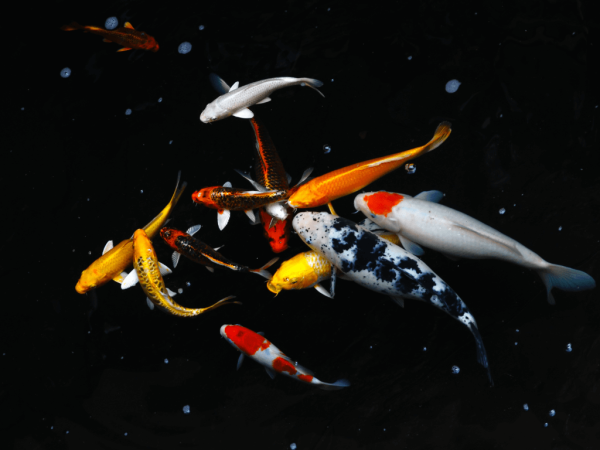The Swell guide to loaches
Loaches are a diverse group of popular aquarium fish that naturally inhabit tropical, temperate and cold freshwaters. Although some look superficially similar to catfish with those whisker-like barbles, they are actually part of the order Cypriniformes and are related to barbs, rasboras, danios and carp.
They are often added to aquariums to provide movement on the bottom of the tank and to clean, although they need feeding in their own right and may starve if not given enough of the right foods. Some loaches can be temperamental too, becoming territorial or even nipping the fins of other fish, but research the needs of each species in terms of tank size, tank mates and diet, and they can all be tamed and accommodated in aquaria.
What loaches are available?
The most popular loach by far is the Clown loach, Chromobotia macracanthus. Popular for its Tiger stripe pattern Clown loaches are peaceful, well behaved and can control nuisance snails too.
The issue with Clown loach is that they can be prone to Whitespot when first bought, need warm, soft water but can and do grow up to 12”/30cm in length. They need to be kept in large groups too, ideally, a dozen or more, so few aquarists have large enough, dedicated tropical tanks to keep a group of these fish long term. But if you have space they are wonderful fish.
Red finned, YoYo, Zebra, Skunk, Dwarf chain, Kuhli and Weather loach are also available. Weather loach are great for large unheated tanks and Kuhli and Dwarf chain loach suit planted tanks and Asian biotope tanks. Red finned, YoYo, Zebra and Skunk are good snail controllers although Red finned grow large (avoid bright blue dyed versions,) and Skunks can be nippy.
Ensure those four get plenty to eat in the form of sinking tablets, pellets and granules, bloodworm, prawns, cockles, mussels and earthworms, as well as pest snails if available. Loaches typically come from riverine environments so set up a long tank with sand, gravel, cobbles, rock and sunken wood, and provide strong water flow and plenty of aeration.
Keep loaches in large groups with fast swimming riverine tankmates like Giant danios, keep them well-fed, and you won’t have any problems. It’s a good idea to worm newly imported loaches too as they are prone to losing weight and wasting away.
Hillstream loaches
Another group of loaches are the suckermouth, algae-eating loaches. Hillstream loaches have flattened bodies and disk-shaped fins to enable them to stick to flat stones in very fast-flowing water. These are peaceful and beautiful but need strong water flow, strong aeration and unheated tanks. Chinese algae eaters or sucking loach are cheap, effective algae eaters that are also available in a Gold form, but they do grow large and become territorial and disruptive as they mature, especially if kept in cramped environments.
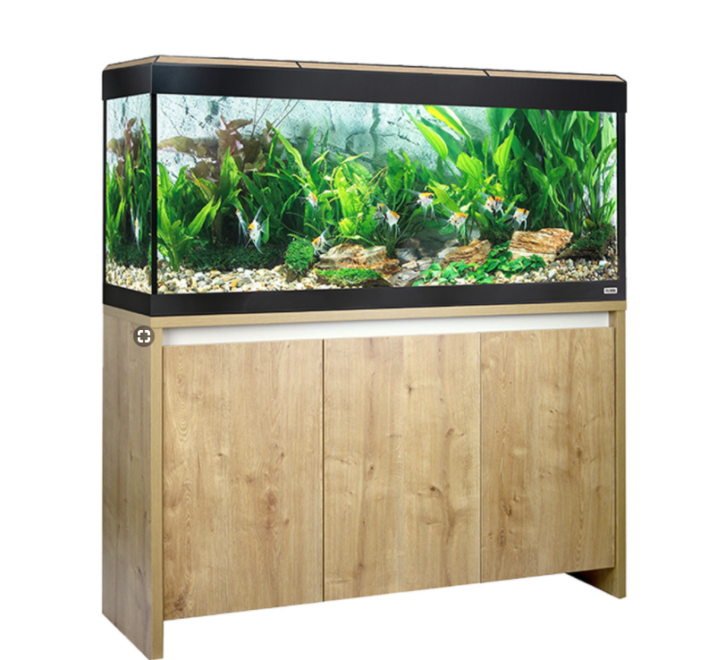
The right tank for loaches
Surface area is important for all loaches so choose a tank that is long and wide over one which is tall but has a small footprint. 30”/75cm tanks and over are necessary for dwarf species and 48”/120cm tanks and over are best for larger loach species. Lighting isn’t important but filtration is, so use two internal power filters or large external power filters and extra aeration from an airstone or venturi. Tropical species will need a heater.
Loaches aren’t suitable for new tanks so only add them to mature aquariums which are full of beneficial bacteria, are cycled and don’t contain any traces of ammonia or nitrite. Reverse osmosis is the best way of producing pure water with a low pH, which loaches prefer. Provide lots of hiding places where the fish can feel secure but combine with open areas for exercise. Try to avoid combining with other territorial bottom dwellers like red finned and red tail black sharks, which may chase loaches and compete for hiding places.
Can loaches be bred?
More and more loaches are being bred by dedicated enthusiasts and most species scatter eggs into piles of stones. Females become fat with eggs before spawning. The holy grail of loach breeding is the Clown loach, and although they have been bred commercially using hormone injections there is still no hard and fast evidence of them being bred successfully in the home aquarium.
What fish can I keep with loaches?
Short-finned, fast-swimming fish are best to keep with loaches. Tiger barbs are ok along with other barbs like Rosy, Golden, Clown, Black Ruby and large loaches will mix with Spanner and Tinfoil barbs. Danios and rasboras are suitable, as are rainbowfish and larger tetras. Avoid aggressive cichlids and although sometimes seen in African cichlid tanks, loaches don’t suit the pH or any African cichlid tankmates. Match tankmates to the loaches in terms of adult size and they will be fine.
Watch those spines!
Clown loach and their relatives have protective spines under their eyes which they erect when they feel threatened. Be mindful about getting spiked when trying to catch and handle the fish, but also try not to get those eye spines stuck in the material of the fishnet. They can slash polythene fish bags too so always double-bag when transporting them.




